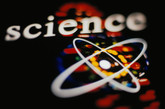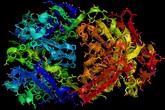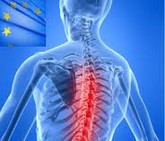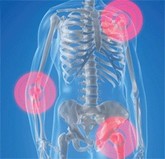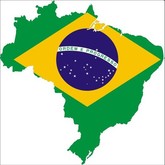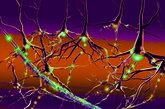Biosimilars/Research
Research on clinical trial issues for biosimilars
Period: September to December 2012
In order to demonstrate comparability between a biosimilar and its reference product, EMA recommends that the clinical trial should make it possible to detect a difference between the biosimilar and reference product. In most cases, this means that a two-arm clinical trial design (reference biological and biosimilar) in a small group of homogenous patients may be used. If the two arms of the trial produce similar results, then the biosimilar can be approved.
Quality, similarity and safety of biosimilars
An abbreviated pathway for the approval of biosimilars was implemented in the EU in 2005. Despite biosimilars being available in Europe for more than seven years, physicians still have concerns about the use of biosimilars. Members and experts of the Working Party on Similar Biologic Medicinal Products of the European Medicines Agency (EMA) highlight what physicians need to know to make informed and appropriate treatment choices for their patients [1].
Phase I/IIb trial of CT-P6 shows comparability to trastuzumab
Results of a phase I/IIb trial for South Korean biotechnology company Celltrion’s biosimilar candidate CT‑P6 were presented at the 13th St Gallen International Breast Cancer Conference held in St Gallen, Switzerland, on 13–16 March 2013. The results demonstrated the comparable pharmacokinetics and safety of CT-P6 to the reference drug.
Research on biosimilars in anaemia and diabetes
Period: September to December 2012
The use of biological medicines has been life-changing for many patients suffering with anaemia and diabetes. With the expiration of patents on these biologicals the possibility of patients gaining access to lower cost biosimilar alternatives to these extremely effective, but costly, medicines becomes a real possibility.
Biosimilars in rheumatology
Patents on key biological medicines used in rheumatology will expire soon. The European Medicines Agency’s (EMA’s) finalized guidelines on biosimilar monoclonal antibodies (mAbs) came into effect on 1 December 2012. Both of these facts mean that rheumatologists can expect to be exposed to biosimilars of the medicines they routinely use in the near future.
How are biosimilars special
Despite biosimilars being around in the EU since 2006 physicians are still often reluctant to prescribe them. Members and experts of the Working Party on Similar Biologic Medicinal Products of the European Medicines Agency (EMA) highlight what physicians need to know to make informed and appropriate treatment choices for their patients [1].
Quality attribute changes for rituximab
Last updated: 4 April 2013
Sandoz researchers found quality changes in commercially available rituximab (Rituxan/Mabthera) over a period of time. Since the drug remained on the market with an unchanged label, this would indicate that the changes were accepted by the health authorities.
Research on biosimilars in rheumatology
Period: September to December 2012
Over the past decade, the availability of targeted biological therapies has revolutionized the treatment of rheumatoid arthritis, psoriatic arthritis and ankylosing spondylitis. However, the significant cost of these biologicals is often prohibitive and limits universal access to these effective therapeutic agents. Whereas generic drug equivalents are commercially available for many small-molecule medications, such lower cost alternatives to targeted biological therapies are not yet available in the US or the EU. The first biological therapeutics in rheumatology is now approaching patent expiration and biosimilars are now in randomized controlled trials. This means that cheaper biosimilars for the treatment of rheumatic diseases are likely to enter the market in the near future, increasing patient access to these life-changing treatments.
Prospects for producing follow-on biological products in Brazil
New research shows the need for local production of biologicals in Brazil in order to offset the increasing medicines budget and reduce the trade deficit when it comes to drugs [1].
MS patient dies from immunogenicity to biological drug
A Swedish woman diagnosed with multiple sclerosis (MS) appears to have died after developing unwanted immunogenicity toward the biological drug Tysabri (natalizumab), according to a report in the journal Neurology [1].
